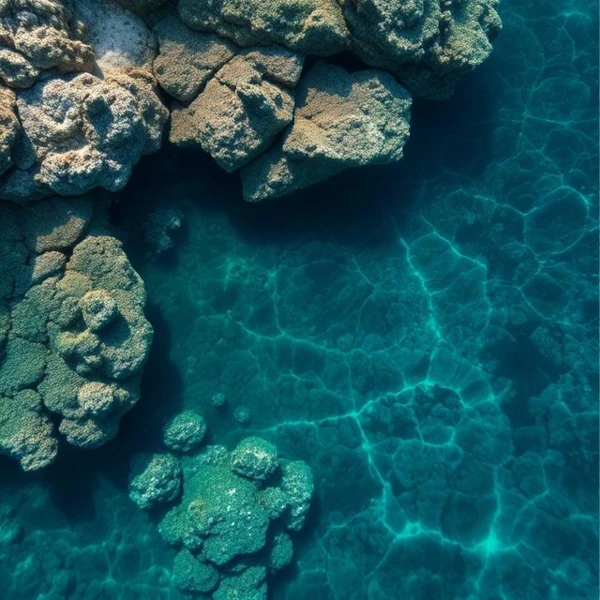
The Primordial Soup hypothesis suggests that an aqueous mixture rich in carbon-based molecules formed the starting environment for prebiotic chemistry. As early as 1924, Alexander Oparin (1894-1980) and, independently, John Haldane (1892-1964) proposed that the early Earth provided a reducing environment where compounds such as CH\(_4\), NH\(_3\), H\(_2\), and H\(_2\)O could react under the influence of UV light from the Sun or electrical discharges.
In 1953, Stanley Miller (1930-2007) and Harold Urey (1893-1981) demonstrated that amino acids could be synthesized in a closed system simulating the primitive atmosphere, using electrical discharges. This iconic experiment remains a milestone in the study of prebiotic processes.
The production of complex molecules must comply with the second law of thermodynamics: an external energy flux is required to locally reduce entropy. Temperature gradients near hydrothermal vents, or lightning in the atmosphere, could have provided this flux. Local concentration of molecules, combined with their confinement in clays or mineral pores, would have favored chemical reactions by reaching much higher thresholds than in a uniformly diluted ocean.
N.B.:
Entropy is a thermodynamic quantity that reflects the number of microscopic states accessible to a system. In an isolated system, total entropy can only increase. In the primordial soup, complex chemical reactions can only progress spontaneously if an external energy source compensates for the overall increase in entropy. In other words, an energy input (UV, lightning, thermal gradients) is necessary to maintain local order while respecting the second law of thermodynamics \(\Delta S_\text{universe} > 0\).
| Hypothesis / Experiment | Proposal | Year | Reference / Comment |
|---|---|---|---|
| Oparin & Haldane | Reducing atmosphere and organic accumulation | 1924 / 1929 | Oparin A.I., 1924 / Haldane J.B.S., 1929. Foundational hypothesis. |
| Miller-Urey Experiment | Synthesis of amino acids under electrical discharges from a reducing mixture | 1953 | Miller S., Urey H., Science 1953 — experimental demonstration of prebiotic synthesis. |
| Hydrothermal Vents (surface / deep sea) | Thermal and chemical gradients > mineral-catalyzed reactions | 1980s–present | Wachtershauser G. (surface metabolism), studies on hydrothermal vents; provide energy and catalysis. |
| RNA World | RNA precedes proteins and DNA, acting as a catalyst and information carrier | 1960s–1980s | Hypothesis supported by ribozyme discoveries — partial self-replication possible in vitro. |
| Lipid World / Protocells | Lipid assemblies form compartments (vesicles) facilitating concentration and evolution | 1990s–present | Experiments showing spontaneous vesicle formation and encapsulation of functional molecules. |
| Panspermia / Exogenous Input | Organic molecules (or organisms) delivered by meteorites, comets, or dust | 20th century – present | Analysis of carbonaceous meteorites (Murchison) showing amino acids and organic compounds. |
| Synthesis by Impacts & Plasma | Impact shocks, plasmas, and flash heating > rapid synthesis of organic compounds | 1990s–present | Shock experiments and models suggest synthesis and transformation of organic precursors. |
| Photonic Chemistry on Mineral Surfaces | UV + minerals (clays, sulfides) catalyze syntheses and protect molecules | 2000s–present | Photocatalysis on oxides and clays; role of surfaces for concentration and molecular orientation. |
| Ice Matrix / "Cold Origin" | Reactions and preservation of precursors in ice (glacial matrices, cometary) | 1970s–present | Preservation and reactions at low temperatures; reduction of hydrolytic rate, protection of monomers. |
| Surface Metabolism (Wachtershauser) | Surface chemistry on iron sulfides > proto-catalytic metabolic pathways | 1988–present | Wachtershauser G., models of surface chemistry leading to the assembly of primitive metabolic pathways. |
Sources and recommended readings: Science, Nature, analyses of the Murchison meteorite, articles by G. Wachtershauser, reviews on the RNA world, and Miller-Urey experimental studies.